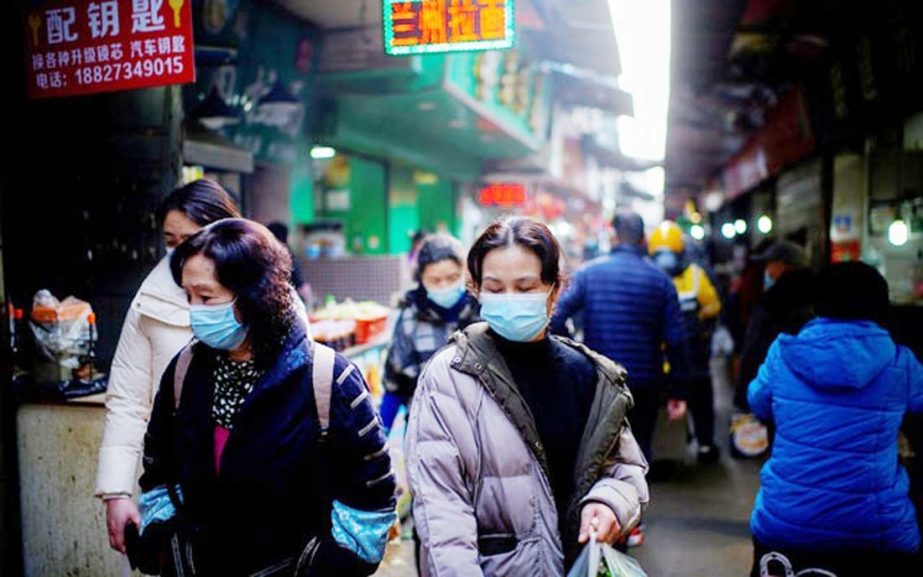
Al Jazeera :
Authorities in Wuhan have announced that they will test its entire population for COVID-19 after the central Chinese city where the coronavirus first emerged reported its first local cases in more than a year and the country moved to stamp out a slew of outbreaks connected with the Delta variant.
The city of 11 million is “swiftly launching comprehensive nucleic acid testing of all residents”, senior Wuhan official Li Tao said told the media on Tuesday.
Authorities announced on Monday that seven locally transmitted cases had been found among migrant workers in the city, breaking a year-long streak after it squashed an initial outbreak with an unprecedented lockdown in early 2020.
China has confined the residents of entire cities to their homes, suspended domestic transport links and rolled out mass testing in recent days as it battles its largest coronavirus outbreak in months.
Nationwide, China reported on Tuesday at least 90 new confirmed COVID-19 cases in the mainland as of August 2, compared with 98 a day earlier, according to the National Health Commission (NHC). That brings to more than 400 the number of cases in the last 10 days.
Of the newly-confirmed cases, 61 were locally transmitted, the health authority said. That compares with 55 local cases a day earlier.
A total of 45 local patients with symptoms were reported in the eastern Jiangsu province, with five in Nanjing city and 40 in Yangzhou city, the provincial government said on Tuesday.
Six locally transmitted cases were detected in Hunan province and three in Hubei province, NHC data showed. Hubei province said all three of those patients were found in the capital Wuhan city.
No new deaths were reported.
China’s Yunnan province in July reported a COVID-19 outbreak due to the Delta variant. Yunnan shares a border with Myanmar, where coronavirus infections have surged.
“What’s concerning about this outbreak is that how widespread it has become,” said Al Jazeera’s Katrina Yu from Beijing, noting that 16 provinces have reported cases in the last 10 days.
As of August 2, mainland China had recorded 93,193 confirmed cases, with the cumulative death toll unchanged at 4,636, the NHC said on Tuesday.
The more than 1.3 million residents of Yangzhou’s city centre are now confined to their homes, with each household allowed to send only one person outside per day to shop for necessities, the city government said on Tuesday.
The announcement follows similar moves in Zhangjiajie, a popular tourist destination in central China’s Hunan province, as well as nearby Zhuzhou city affecting more than two million people in total.
The outbreak spread to Hunan from Nanjing last month after people linked to a cluster at Nanjing airport attended theatre performances in Zhangjiajie.
Officials have since been tracking down thousands of people who attended the show and urging tourists not to travel to areas where cases have been found.
Meanwhile, Beijing has blocked tourists from entering the capital during the peak summer holiday travel season and asked residents not to leave unless necessary, with top officials promising over the weekend to “spare no expense” in defending the capital city. Beijing city, Shanghai city and Fujian province each detected one local case as of August 2.
China had previously boasted of its success in bringing domestic cases down to virtually zero after the coronavirus first emerged in Wuhan, allowing the economy to rebound.
But the latest outbreak is threatening that success with more than 400 domestic cases reported since mid-July.
On Monday, the state-owned Global Times quoted the country’s top epidemiologist Zhong Nanshan as saying that China needs to vaccinate about 83 percent of its population to achieve herd immunity.

